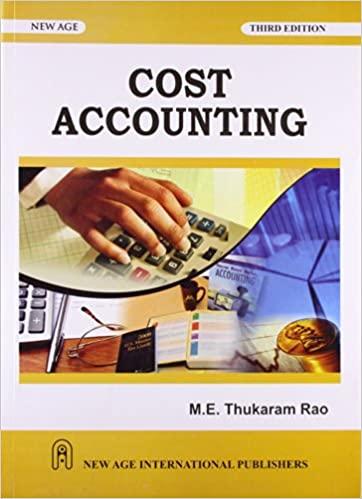



Brett Collins is reviewing his company's investment in a cement plant. The company paid $14,800,000 five years ago to acquire the plant. Now top management is considering an opportunity to sell it. The president wants to know whether the plant has met original expectations before he decides its fate. The company's discount rate for present value computations is 9 percent. Expected and actual cash flows follow: (PV of $1 and PVA of $1) (Use appropriate factor(s) from the tables provided.) Expected Actual Year 1 $3,380,000 2,640,000 Year 2 $5,010,000 3,040,000 Year 3 $4,570,000 4,870,000 Year 4 $5,050,000 3,870,000 Year 5 $4,250,000 3,530,000 Required a.&b. Compute the net present value of the expected and actual cash flows as of the beginning of the investment. (Negative amounts should be indicated by a minus sign. Round your intermediate calculations and final answer to the nearest whole dollar.) a. Net present value (expected) b. Net present value (actual) Dwight Donovan, the president of Franklin Enterprises, is considering two investment opportunities. Because of limited resources, he will be able to invest in only one of them. Project A is to purchase a machine that will enable factory automation; the machine is expected to have a useful life of three years and no salvage value. Project B supports a training program that will improve the skills of employees operating the current equipment. Initial cash expenditures for Project A are $117,000 and for Project B are $41,000. The annual expected cash inflows are $46,221 for Project A and $17,660 for Project B. Both investments are expected to provide cash flow benefits for the next three years. Franklin Enterprises' cost of capital is 6 percent. (PV of $1 and PVA of $1) (Use appropriate factor(s) from the tables provided.) Required a. Compute the net present value of each project. Which project should be adopted based on the net present value approach? b. Compute the approximate internal rate of return of each project. Which one should be adopted based on the internal rate of return approach? Complete this question by entering your answers in the tabs below. Required A Required B Compute the net present value of each project. Which project should be adopted based on the net present value approach? (Round your intermediate calculations and final answers to 2 decimal places.) Net Present Value Project A Project B Which project should be adopted? Required A Required B Compute the approximate internal rate of return of each project. Which one should be adopted based on the internal rate of return approach? Internal Rate of Return Project A Project B Which project should be adopted? Walton Auto Repair, Inc. is evaluating a project to purchase equipment that will not only expand the company's capacity but also improve the quality of its repair services. The board of directors requires all capital investments to meet or exceed the minimum requirement of a 10 percent rate of return. However, the board has not clearly defined the rate of return. The president and controller are pondering two different rates of return: unadjusted rate of return and internal rate of return. The equipment, which costs $107,000, has a life expectancy of five years. The increased net profit per year will be approximately $6,200, and the increased cash inflow per year will be approximately $29,683. (PV of $1 and PVA of $1) (Use appropriate factor(s) from the tables provided.) Required a-1. Determine the unadjusted rate of return and (use average investment) to evaluate this project. (Round your answer to 2 decimal places. (i.e., .2345 should be entered as 23.45).) a-2. Based on the unadjusted rate of return, should the company invest in the equipment? 6-1. What is the approximate internal rate of return of this project? b-2. Based on the internal rate of return, should the company invest in the equipment? c. Which method is better for this capital investment decision? a-1. Unadjusted rate of return a-2. Should the company invest in the equipment? b-1. Internal rate of return b-2. Should the company invest in the equipment? Which method is better for this capital investment decision










